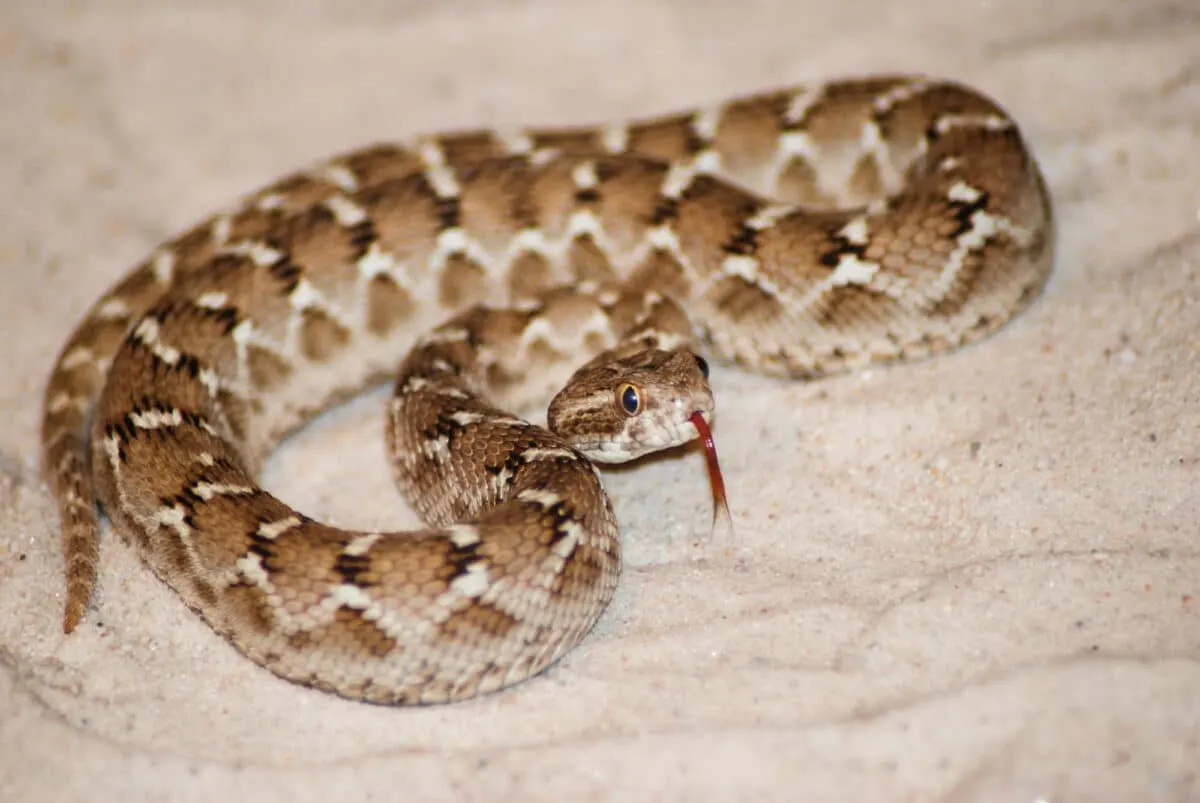Encountering a saw-scaled viper can be extremely dangerous and even fatal, especially for those living in or traveling near the natural habitats of these venomous snakes. Anyone from a resident to an eager explorer or even someone unfortunate enough to take a wrong turn off the beaten path should know the potential risks of coming across this deadly serpent.
Awareness of the symptoms of this viper’s venomous bite and taking the necessary precautions to prevent such an encounter can mean the difference between life and death.
This guideline will provide in-depth details about identifying a saw-scaled viper, where they are typically found, and how to react properly should you encounter one. You will also learn what to do if you or someone you know is bitten and how to take the necessary steps to ensure a quick and safe recovery.
So if you’re planning a trip to areas known to be the natural habitat of the saw-scaled viper, this information is critical for your safety. Keep reading to learn more about this evil creature and how to keep yourself and your loved ones safe while exploring the outdoors.
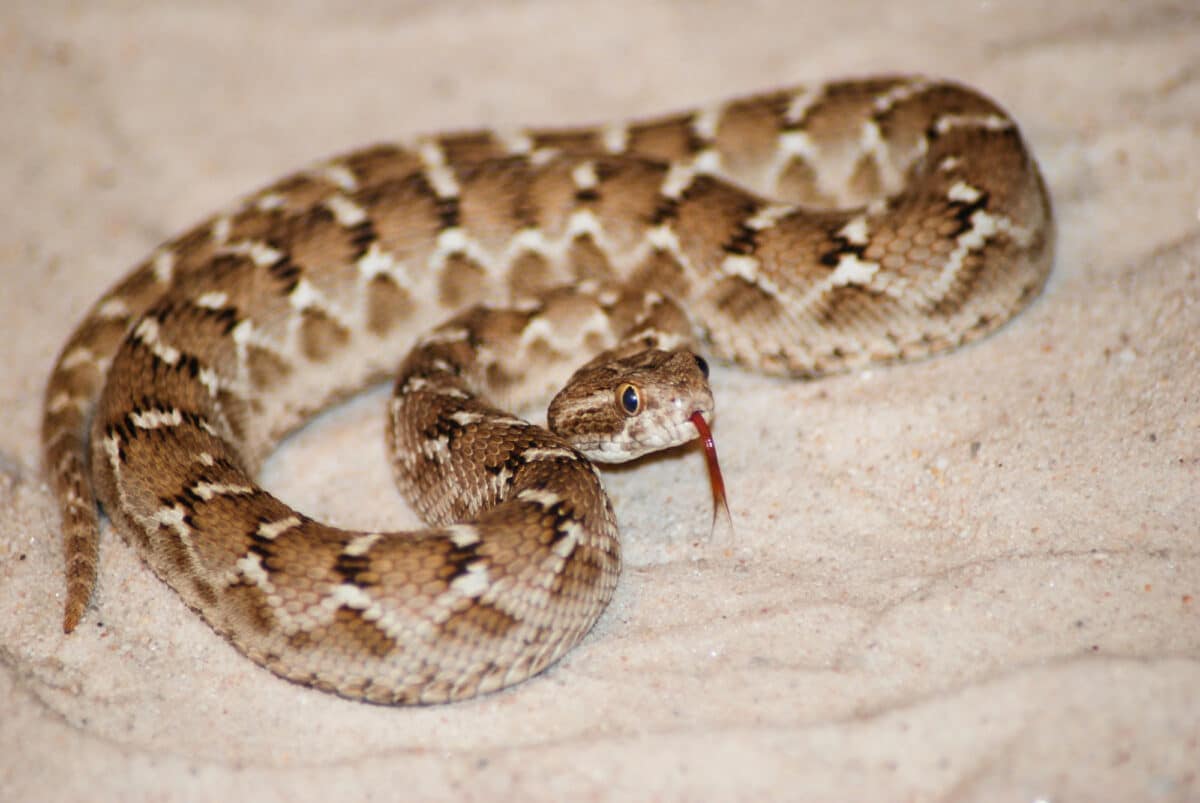
Want to jump ahead? Click below
Understanding The Saw-Scaled Viper
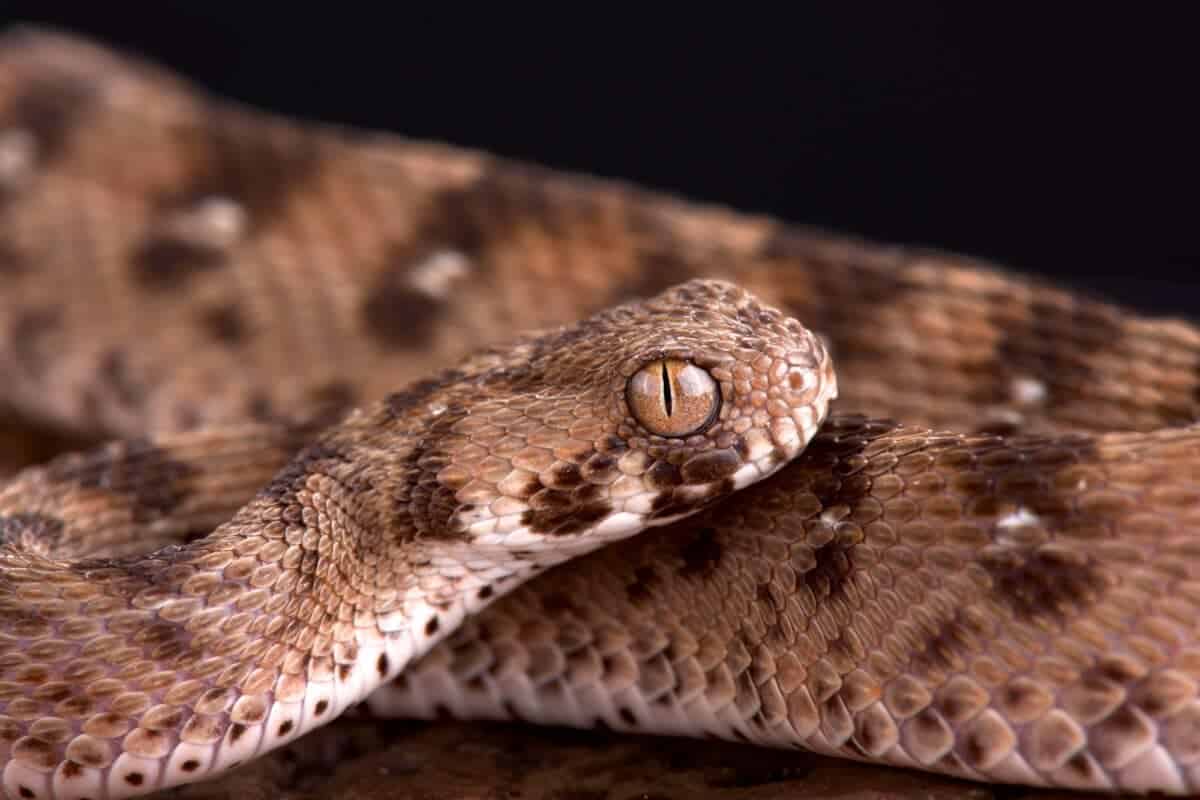
The saw-scaled viper, renowned for its potent venom, ranks among the world’s deadliest snakes, causing many fatalities and injuries yearly. It is important to understand the characteristics and behavior of this deadly snake to protect yourself and those around you. This guideline will provide insight into the saw-scaled viper’s physical characteristics, habitat, behavior, and hunting patterns.
Physical Characteristics
The saw-scaled viper is a snake of moderate size, capable of reaching lengths of up to 90 cm. Its body is thick and squat, known for its distinctive saw-like scales. The scales of this creature enable it to emit a unique hissing sound as a means of defense or when it feels agitated. The saw-scaled viper’s coloration can vary, but it is typically light brown or gray, with darker spots or stripes on its back. This snake is also identifiable by its triangular-shaped head and vertical pupils.
Habitat
The saw-scaled viper is predominantly located in North Africa, the Middle East, and South Asia. It is a hardy species that can survive in various habitats, including deserts, scrublands, savannas, and rocky terrain. Saw-scaled vipers are commonly found sheltered in burrows or crevices during daylight hours, emerging at night to engage in their hunting activities. Nevertheless, they are known to adapt and can also be spotted basking under the sun during cooler periods.
Behavior
The saw-scaled viper is an aggressive and unpredictable species known for its quick temper and willingness to strike. It is highly sensitive to vibrations and can become irritated by loud noises or movements. When threatened, the saw-scaled viper will coil its body, hiss loudly, and lunge at its prey or predator. Maintaining a safe distance and refraining from inciting this snake are crucial factors.
Hunting Patterns
The saw-scaled viper is a nocturnal hunter, preying on various small mammals, birds, and reptiles. It uses its heat-sensing pits to detect prey and strikes with incredible speed and accuracy. The venom produced by the saw-scaled viper is a highly potent neurotoxin capable of inducing paralysis and even leading to fatality in those it affects. It is crucial to promptly seek medical assistance in the event of a bite from this snake.
Signs And Symptoms Of A Saw-Scaled Viper Bite
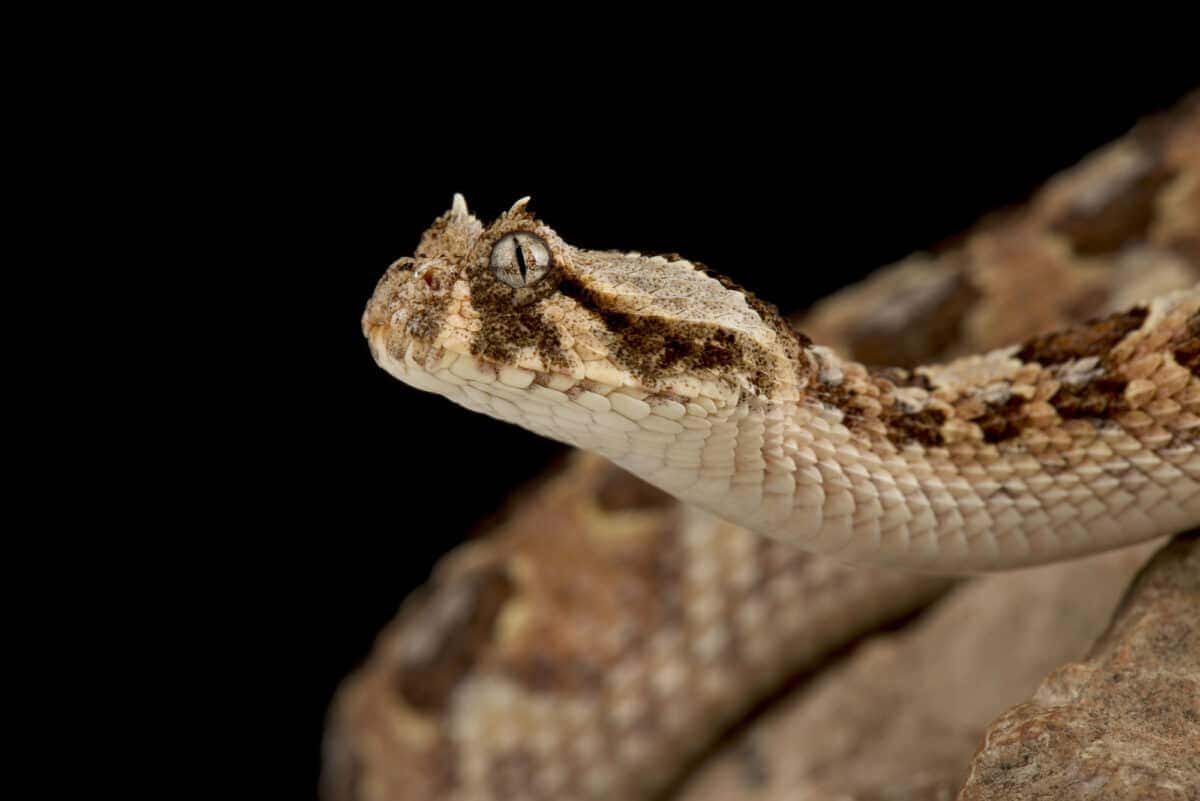
Encountering a saw-scaled viper in its natural habitat can be a terrifying experience. With powerful venom that can cause serious harm or even death, it’s important to know the signs and symptoms of a bite to react quickly and appropriately.
- Localized Pain
Localized pain is among the first and most common signs of a saw-scaled viper bite. The venom of the saw-scaled viper is known for its potency and can cause intense burning, throbbing, and swelling at the bite site. In some cases, the pain may also radiate to other body areas.
- Swelling
Swelling is another common symptom of a saw-scaled viper bite. The venom can cause rapid and substantial swelling that can spread to adjacent body areas. Swelling can also impede breathing and can lead to cardiovascular distress if not managed effectively.
- Nausea And Vomiting
Following a saw-scaled viper bite, numerous individuals encounter symptoms such as nausea and vomiting. It can occur shortly after being bitten or may develop over time. Sometimes, nausea and vomiting may accompany dizziness, sweating, and malaise.
- Fever
Fever is another possible symptom of a saw-scaled viper bite. The bite from this venomous creature can potentially induce a fever within hours or days after the incident. A fever can sometimes be a warning sign of a more serious reaction and should be closely monitored by medical professionals.
First Aid Treatment For A Saw-Scaled Viper Bite
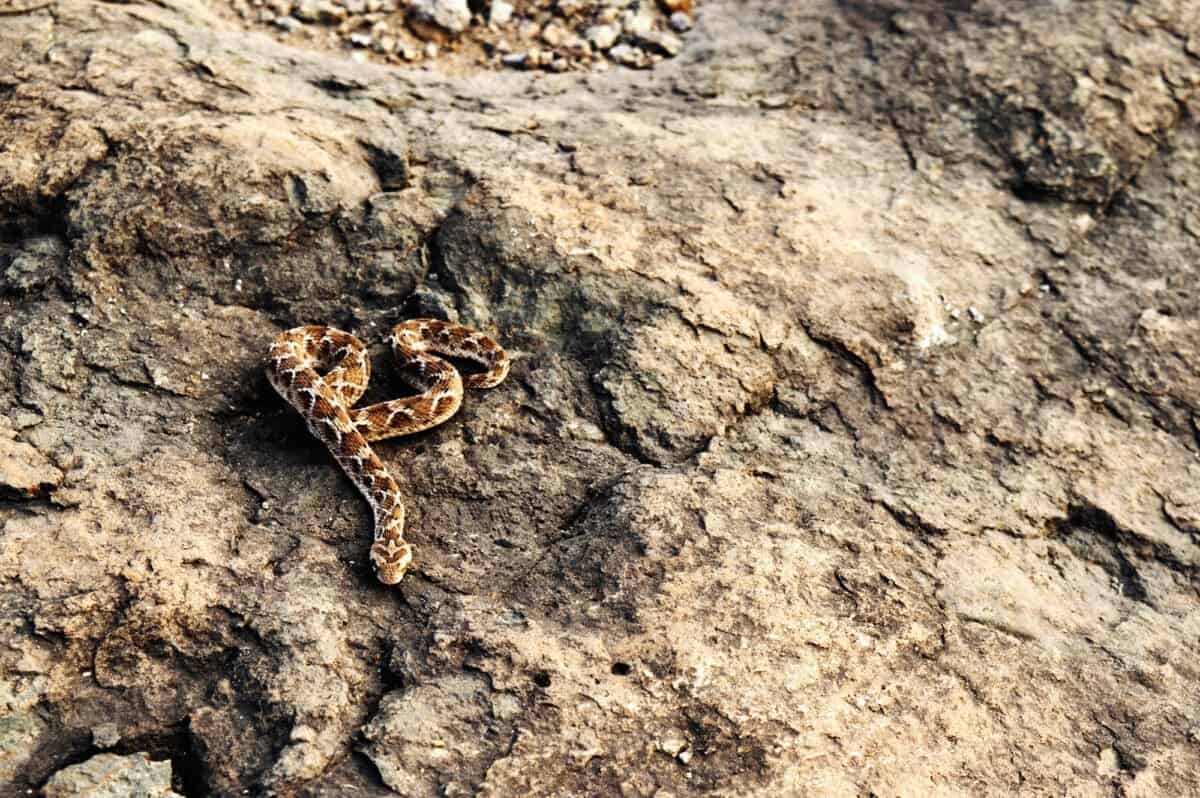
A saw-scaled viper bite is a medical emergency; immediate first aid is necessary to prevent severe consequences. The type of first aid treatment required for a saw-scaled viper bite is immobilization and pressure application.
Immobilizing the affected area will help reduce venom movement throughout the body. The bite often occurs on a limb, so the affected limb should be immobilized using a splint or other means. Ensure the affected limb is at the same level or below the heart to lessen the venom’s impact.
After immobilization, avoid any movement or agitation of the affected limb. It is important as movement will promote venom spread throughout the body. Stay calm and minimize physical activity to reduce the venom’s effect.
Furthermore, apply pressure to the affected area by wrapping a crepe bandage around the bite site firmly (not tightly). The bandage should not cut off circulation but should apply enough pressure to restrict venom movement in the affected area. This pressure bandage must be tight enough to slow down venom spread but not so tight that it causes discomfort.
Learn more about First Aid for Saw Scaled Viper Snake Bite here.
Medical Treatment For A Saw-Scaled Viper Bite
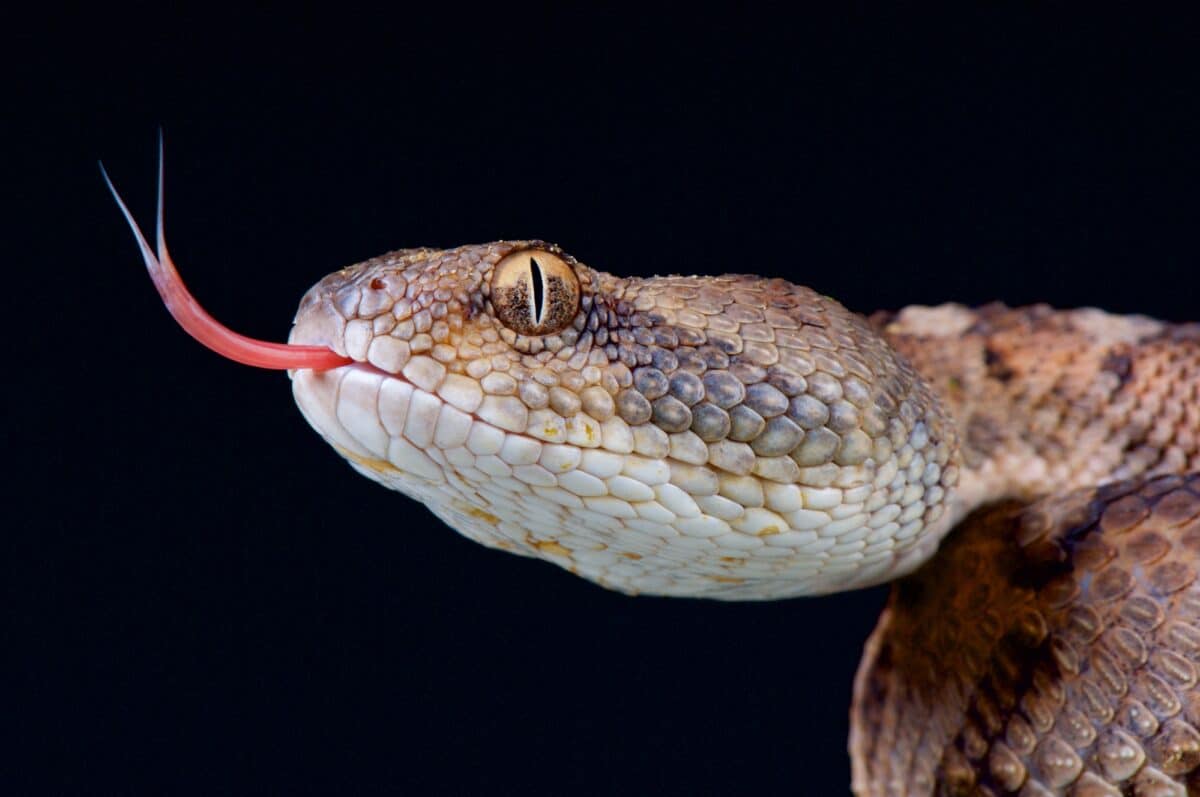
In severe conditions, prompt medical intervention is vital in preserving the individual’s life. Intravenous fluids and antivenom are the primary medical interventions for saw-scaled viper bites.
Antivenom is the most effective medication for treating venom toxicity. Antivenom therapy neutralizes the venom’s toxins and prevents further venom spread. However, antivenom therapy requires careful administration and a highly trained physician’s close supervision.
Intravenous fluids play a crucial role in sustaining blood pressure and safeguarding the kidneys against harm caused by venom toxicity. Intravenous fluids are an essential component of the treatment of severe saw-scaled viper bites.
Prevention Methods For Avoiding Saw-Scaled Vipers
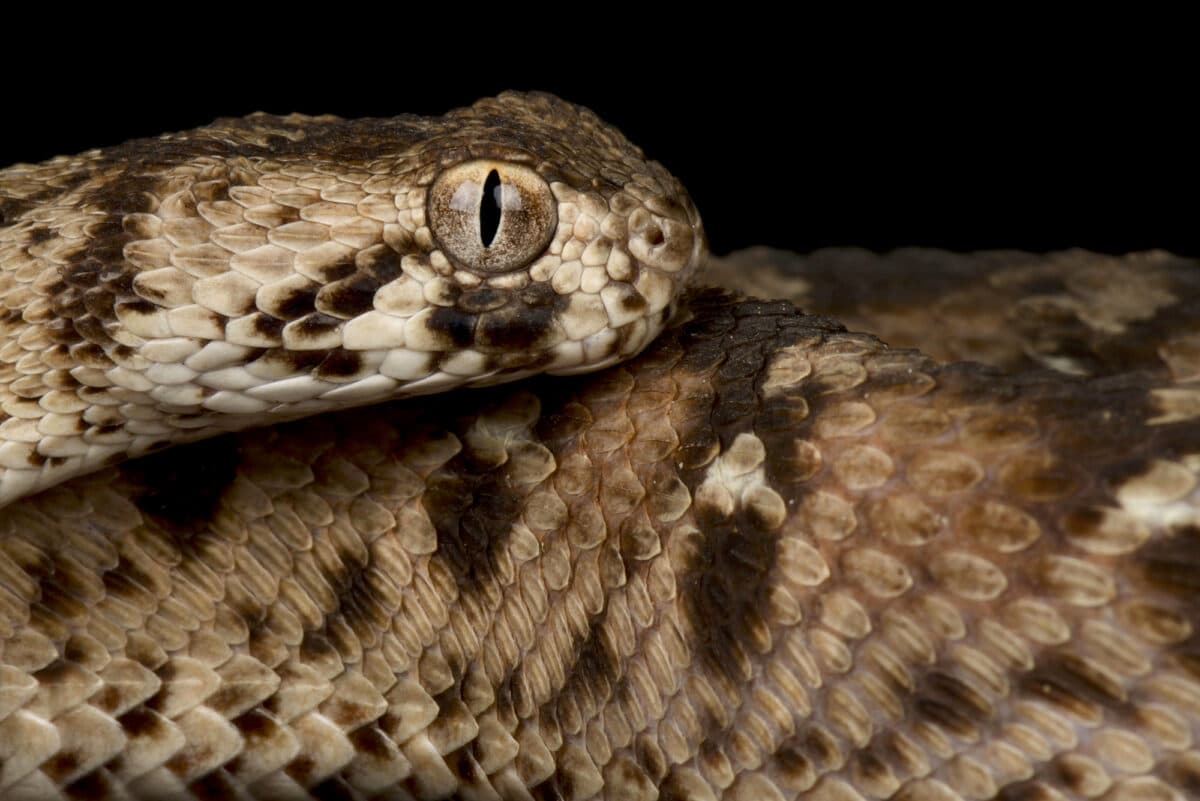
Prevention is always better than cure, and avoiding saw-scaled vipers’ habitat is the best way to prevent a bite.
Learn about the habitats of these snakes and take precautions when visiting areas where they may live.
Wear protective clothing such as boots and thick gloves when walking in areas where saw-scaled vipers are known to live. Be careful where and how you step. Avoid walking at night without proper lighting because these snakes are nocturnal.
Additionally, avoid walking barefoot or with open-toed footwear. Saw-scaled vipers camouflage and sometimes hide in rocky terrains or grass. Be extra vigilant when in such conditions.
Key Points
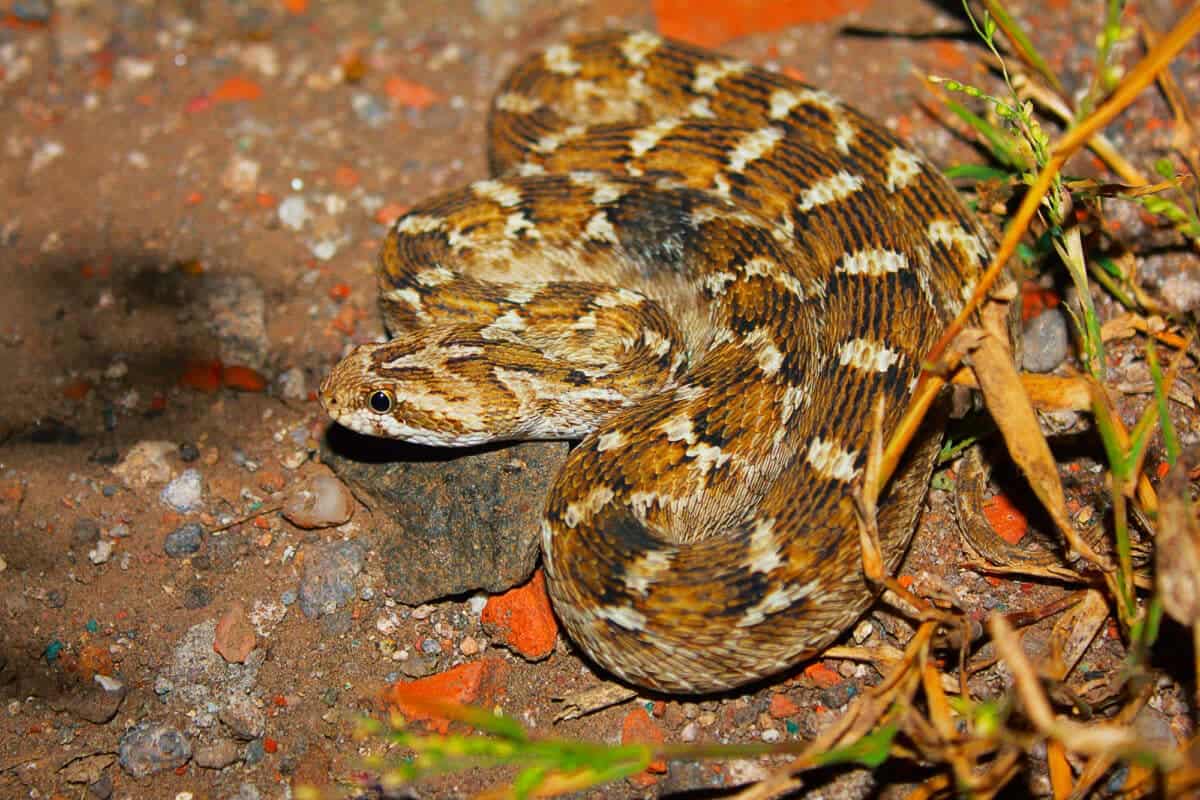
| Learn about the venomous saw-scaled viper’s physical features, habitats, and aggressive behavior. |
| Recognize the localized pain, swelling, nausea, vomiting, and fever that can occur after a saw-scaled viper bite. |
| Immobilize the affected limb and apply pressure with a crepe bandage to reduce venom movement and seek immediate medical attention. |
| Intravenous fluids and antivenom are essential for severe bites and should be administered under expert medical supervision. |
| Stay informed about their habitats, wear protective clothing, and exercise caution when in areas where saw-scaled vipers are present. |
Wrapping Up with the Saw-Scaled Viper Bite
In conclusion, saw-scaled viper bites can occur to anyone, from the resident to the unsuspecting tourist. Though the bites are universally dangerous and potentially deadly, knowledge and preparation can help reduce the likelihood of being bitten by this venomous snake.
To ensure safety in areas where a saw-scaled viper may be present, you must familiarize yourself with their behaviors and defensive strategies. Carry medical supplies with you when headed into such regions, stay on heightened alert when hiking or camping near them, and quickly seek emergency attention should you sense any bite symptoms.
These simple precautionary steps can lessen our risks of exposure to this evil creature’s debilitating attack.
Thanks for following along with me! I hope you enjoyed reading about these two entertaining animals. Discover Copperhead Snake Bite, Largest Saw-Scaled Viper Ever Recorded, and Deadly Death Adder Bite is next.
Join our Forum for free today!

- Beachgoers Save Massive Shark Stranded In Florida - July 22, 2024
- Pit Bull Rescued From Being Chained Its Whole Life Gets A Surprise - July 21, 2024
- Dog With Zoomies Takes Flight Into Barley Field - July 21, 2024

